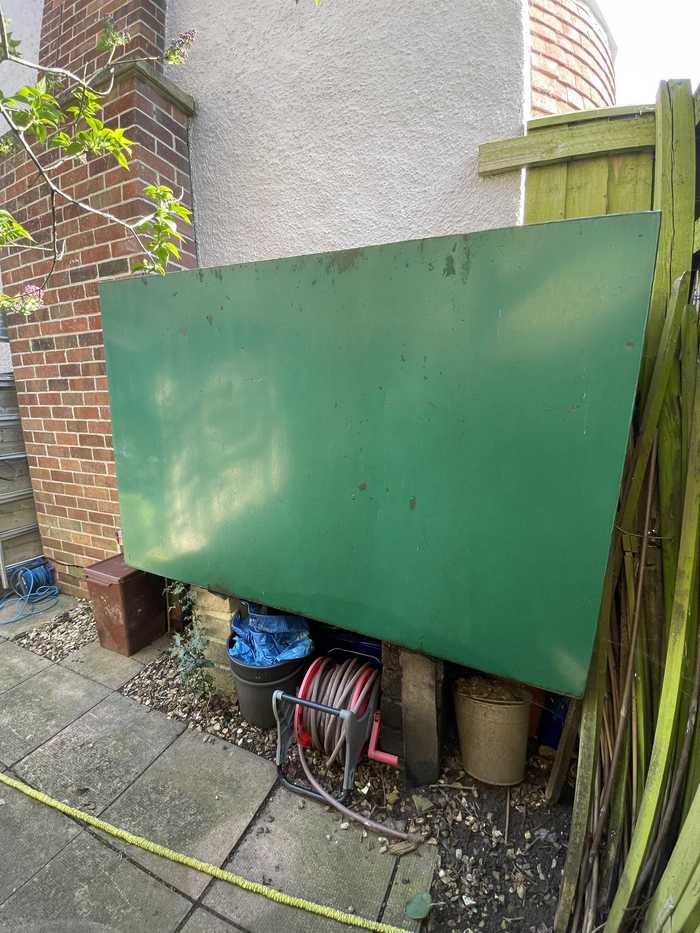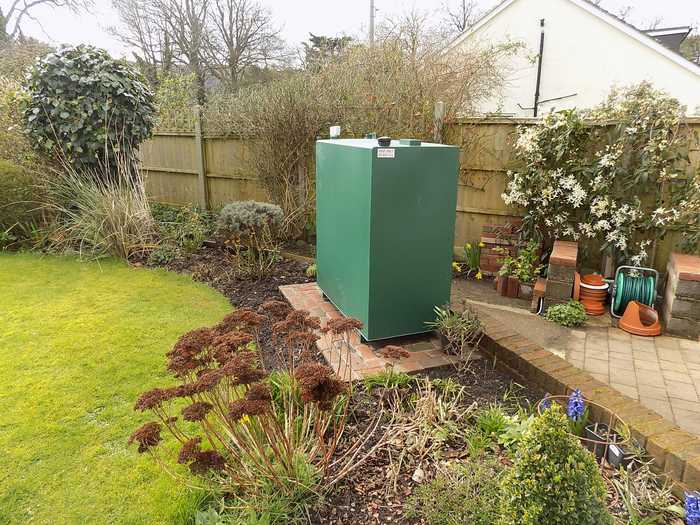I Think My Oil Tank Is Leaking…What Do I Do?

There are numerous benefits associated with running a home using a private oil supply—and a high-quality oil tank is the ideal solution for storing your fuel. As well as being cost-effective, if you’re able to plan your purchases effectively, you can have far greater autonomy over your energy usage...and become less reliant on the mains system.
Owning and maintaining an oil storage tank, however, has its own responsibilities, and there are several factors customers need to consider to ensure they’re getting the most out of their domestic oil tanks. One of those concerns is identifying whether your tank is leaking, and, importantly, what to do about it.
Common causes of oil tank leaks
The most typical cause of domestic oil tank leaks is the effects of age and exposure to the elements over time—and, in turn, the deterioration of the components and tank itself.
While you might notice evidence of damage to your oil tank, feed lines, hoses and connectors are all equally susceptible to erosion—to the point where they become unreliable. Even bunded tanks, despite their environmental benefits, are by no means impervious to universal wear and tear.
Meanwhile, it’s also possible that your tank could be the victim of accidental damage, something you can mitigate by installing a barrier around your tank to provide protection against moving vehicles. It’s also a good idea to trim back overhanging branches and generally ensure the area around the tank is free from debris, tools and clutter
How to tell if your oil tank is leaking
The first and most obvious indication that your oil tank is leaking is an abrupt and unexpected change in your heating bill. If you’ve not experienced any sudden weather changes, but your bills have shot up, it could be that oil is escaping from the tank.
If you’ve clocked this kind of rise in your energy output, we’d recommend first having your tank checked for water condensation, as this can affect your oil usage. If no such issue exists, a leak is the most likely problem.
An above-ground tank will have visual markers to indicate leakage. You might notice coloration in the grass surrounding your tank, or a pool of oil spreading across its concrete base. It’s also likely you’ll be able to smell oil when in close proximity to your tank. This is a common sign that something isn’t right

How to prevent oil tank leaks
Even if you’ve never had an oil tank leak, or the cost of rectifying the problem has encouraged you to take action, there are a number of preventative measures you can follow.
Install all your fuel oil lines, from the tank to the furnace, under solid concrete. Or, alternatively, cover them in protective tubing. This will mitigate accidental damage to your fuel lines.
Ensure all the pipe connectors are clean and tight. Another common cause of oil spills is loose connections between oil pipe sections.
Monitor your fuel usage. It makes good sense to keep an eye on your fuel consumption, comparing it to last year’s to see how it stacks up. If there’s a noticeable discrepancy, it’s time for an inspection.
Check the condition of your oil tank. It’s much easier to investigate an above-ground oil tank than it is an underground installation, so make regular sight tests and ensure there are no signs of damage to both the tank and its components. If your tank is over 20 years’ old, and the visual indicators aren’t good, it’s perhaps time to think about replacing your oil tank.
How can CT Tanks help?
If you are having issues with oil leakage, and are looking to install a new tank, we’re always happy to offer expert advice, and guide you through the process of installation. Please don’t hesitate to get in touch with our friendly team. We’re always here to help.
Posted on June 21st 2022

